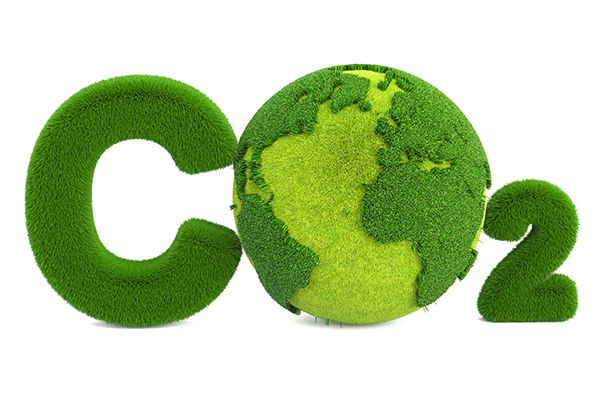According to UN; At least $4 trillion a year needs to be invested in renewable energy until 2030 – including investments in technology and infrastructure – to allow us to reach net-zero emissions by 2050.
Not nearly as high as yearly fossil fuel subsidies, this investment will pay off. The reduction of pollution and climate impact alone could save the world up to $4.2 trillion per year by 2030.
The funding is there – what is needed is commitment and accountability, particularly from the global financial systems, including multilateral development banks and other public and private financial institutions, that must align their lending portfolios towards accelerating the renewable energy transition.
In the Secretary-General’s words, “renewables are the only path to real energy security, stable power prices and sustainable employment opportunities.”
According to Eurostat, The growth in electricity generated from renewable energy sources during the period 2010 to 2020 largely reflects an expansion in three renewable energy sources across the EU, principally wind power, but also solar power and solid biofuels (including renewable wastes). In 2020, renewable energy sources made up 37.5 % of gross electricity consumption in the EU, up from 34.1 % in 2019.
New Report by the Eurostat stated that, The wind and hydro power accounted for more than two-thirds of the total electricity generated from renewable sources (36 and 33 %, respectively). The remaining one-third of electricity generated was from solar power (14 %), solid biofuels (8 %) and other renewable sources (8 %). Solar power is the fastest-growing source: in 2008, it accounted for 1 %. This means that the growth in electricity from solar power has been dramatic, rising from just 7.4 TWh in 2008 to 144.2 TWh in 2020.
Among the EU Member States, more than 70 % of electricity consumed in 2020 was generated from renewable sources in Austria (78.2 %) and Sweden (74.5 %). The consumption of electricity from renewable sources was also high in Denmark (65.3 %), Portugal (58 %) and Latvia (53.4 %), accounting for more than half of electricity consumed. At the other end of the scale, the share of electricity from renewable sources was 15 % or less in Malta (9.5 %), Hungary (11.9 %), Cyprus (12.0 %), Luxembourg (13.9 %) and Czechia (14.8 %). The EFTA countries Norway and Iceland produced more electricity from renewable sources than they consumed in 2020, therefore leading to a share higher than 100 %.
Discover more from Green Innovation News
Subscribe to get the latest posts sent to your email.





